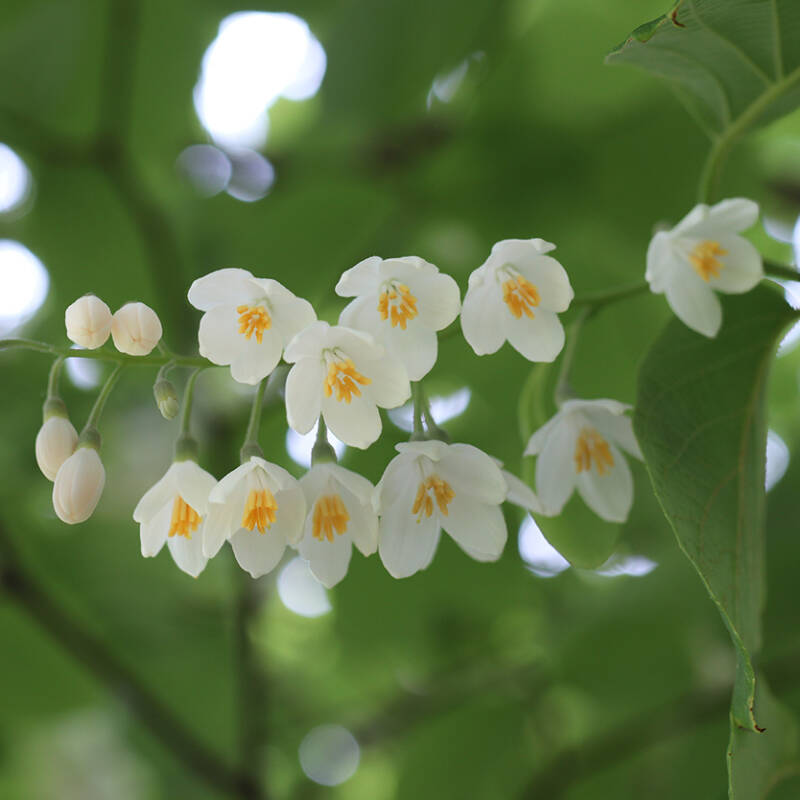It’s artichoke season. Somewhere. From Maine to Missouri, gardeners are sowing seeds. As the edible gardening revolution continues to grow (sorry), and creative growers look for ways to combine the edible with the ornamental in their green spaces, the artichoke is attracting attention. The deliciousness of this prized—and yet divisive—vegetable is rivaled only by the extraordinary beauty of its flowers. Is it more rewarding to grow artichoke buds for the plate, or for the unexpected bounty of their open flowers and architectural foliage? That’s up to you. And dependent on whether you don’t mind a little intimacy with your meal—because artichokes are the ultimate finger food.
Read on to learn how to grow artichokes and how to prepare them to eat.
Photography by Marie Viljoen.

Botanically, artichokes are either Cynara cardunculus var. scolymus or Cynara cardunculus (Scolymus Group), depending on what authority you ask. There’s scientific head-scratching regarding the precise classification of the Mediterranean natives. Their parent is the similar-but-different cardoon, Cynara cardunculus. It’s enough to know that artichokes are grown for their large flower buds, while cardoons are cultivated for their huge leaves’ succulent midribs.

Carefully check the labels of plants at nurseries, where immature cardoons and artichokes can look very similar. Both have very decorative glaucous foliage.

When considering whether you can grow artichokes, climate is key. So is space. This is a cool season crop, and these are big plants. If you’re growing for flower-display only, there is more wiggle-room in terms of temperatures. The plants tolerate more heat and cold but the buds will toughen in these extremes.
In USDA zones 7 to 9, artichokes grow as short-lived perennials (you can even forage them in parts of California, where they have escaped cultivation). The plants can produce a couple of flushes of buds per season, for about five to six years. If you are growing them from seed in these zones, sow seeds in early autumn for a first harvest the following early summer. You can also propagate them more successfully from divisions, taken from mature plants in the fall or spring.

In zones colder than USDA 7 grow artichokes as annuals, starting the seed indoors eight weeks before your last frost date. Time the outdoor transplanting of the young plants so they receive at least 10 days at 45 to 50’F to induce budding (this is called vernalizing). Cover immature plants if frost threatens. ‘Imperial Star’ and ‘Colorado Red Star’ (a purple artichoke) are good cultivars to grow as annuals in colder climates; they are bred to bud relatively quickly.

If artichokes will be sharing a diverse garden, consider whether you want to see them up close and personal or as sculptural relief behind other plantings. They can grow to five feet tall. Harvest buds to eat when they are tightly closed. And if left on the plant, the green scales will unfold to become spiky before revealing an intense, tufted purple flower, beloved by bees. The flowers last for weeks on the plant and almost as long if cut for the vase.

If you can’t grow your own, artichokes are in season almost year-round thanks to diverse microclimates in California.
Aside from the famous and tender heart, the other edible parts of artichokes are the base of each leafy bract, and the core of the stems.

There are many way to prepare artichoke buds to eat, but there is no way to avoid the bristly subject of the choke. The simplest way to eat an artichoke and the easiest way to remove the choke is as follows: Steam or boil the artichoke until the base is tender when pierced with a sharp knife or skewer (this can take 40 minutes for a large specimen). Spread open the now-pliable bracts and expose the choke. Scrape it out with a teaspoon.

Once the artichoke is prepared, serve it with a shallot-y vinaigrette for dipping, or a dish of mayonnaise spiked with sharp mustard.

Artichokes are very high in antioxidants but that doesn’t prevent them from browning when cut! If it bothers you, use lemon juice to keep their color fresh.

A dramatic way to serve artichokes is to broil them (in a preheated oven), with charred lemon cheeks. This is a sure-fire way to bond with your eating companions. We think it’s wonderful.
Roasted Artichokes with Breadcrumbs and Garlic Butter
Serves 2 enthusiasts.
- 2 large artichokes, halved and de-choked
- 3 ounces butter
- 1/4 cup Panko breadcrumbs
- Pinch of salt
- 1/4 cup microplaned Parmesan cheese
- 1 Tablespoon olive oil
- 1 Meyer lemon, cheeks sliced off
- 1 garlic clove, cut into matchsticks
- 1/4 teaspoon chile flakes
- Marjoram leaves
Slit the artichokes lengthwise. Steam them for 20 minutes, or until tender. Scrape out their chokes with a teaspoon.
While the artichokes are steaming:
Preheat the oven to 400’F.
Melt 1 oz butter in a small pot. Add the breadcrumbs and stir. Transfer to a small bowl. Wipe the pot and melt the remaining 2 oz butter over low heat, with the garlic clove and chile flakes. Keep warm.
Turn on the broiler in the hot oven. Brush the artichokes with olive oil, and arrange in a heatproof dish. Shower them with the buttery breadcrumbs and a pinch of salt. Arrange the lemon cheeks around them and slide under the broiler about for 6 minutes until the edges are browning. Add the parmesan in a flurry and return to the broiler for about 2 minutes. Remove, add some fresh marjoram leaves, and serve at once, with the garlic butter in a dipping bowl.
For more recipes using your garden harvest, see:
- Sweet Season: Persimmons, from Fall through Frost
- So You Grew a Lemon: Now What? 7 Easy Ideas
- Garden-to-Table Recipe: Fried Green Tomatoes from a Cook&’s Garden









Have a Question or Comment About This Post?
Join the conversation